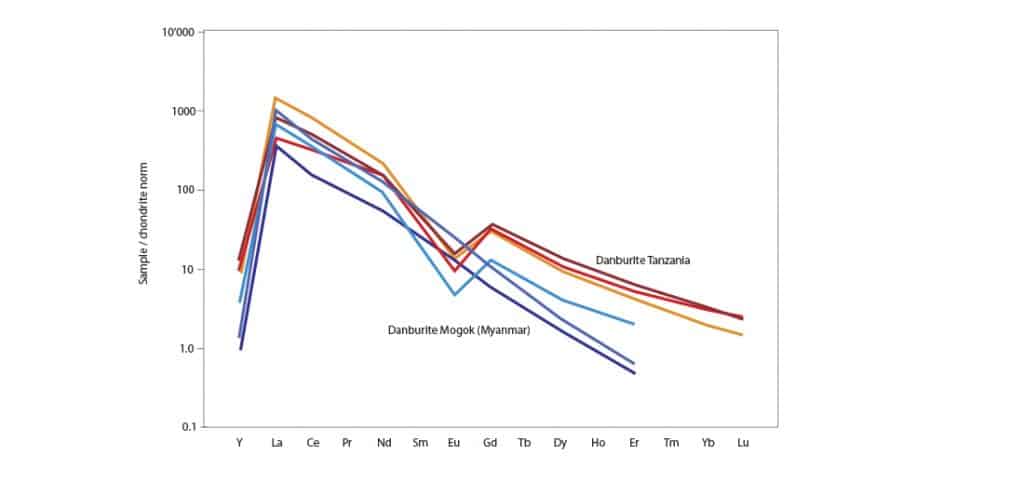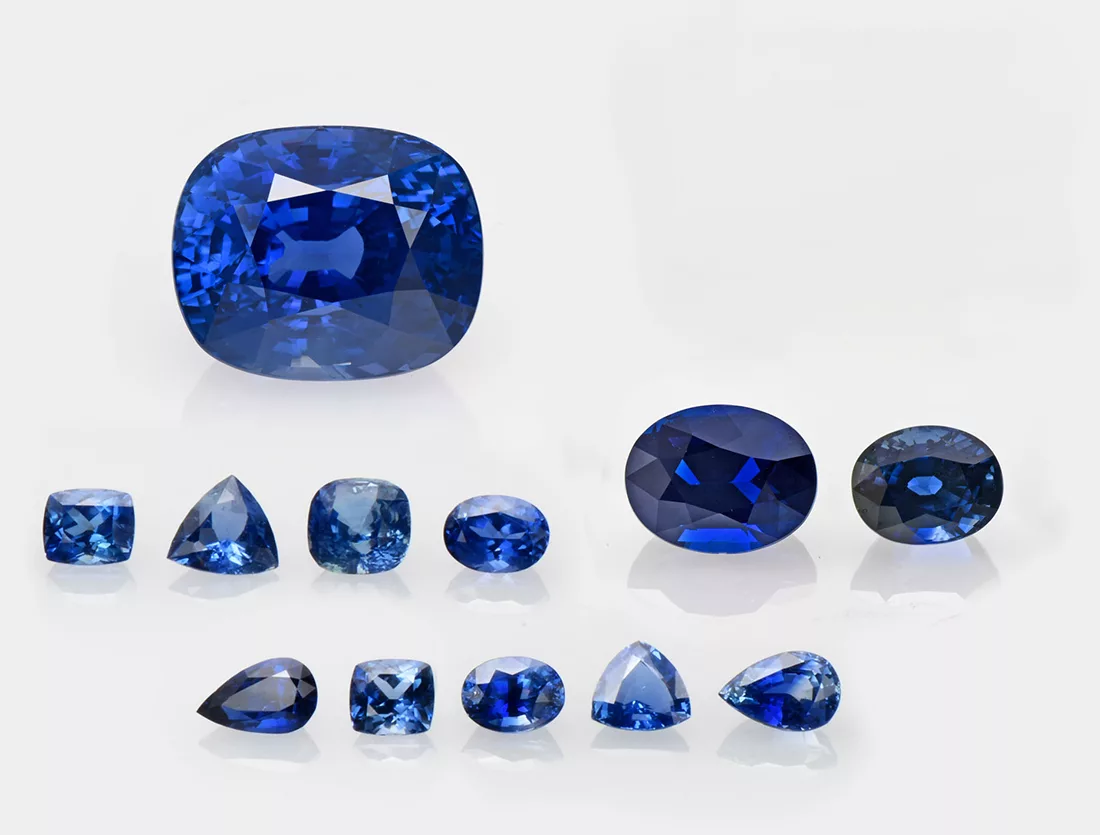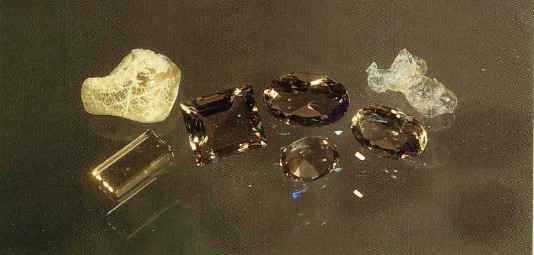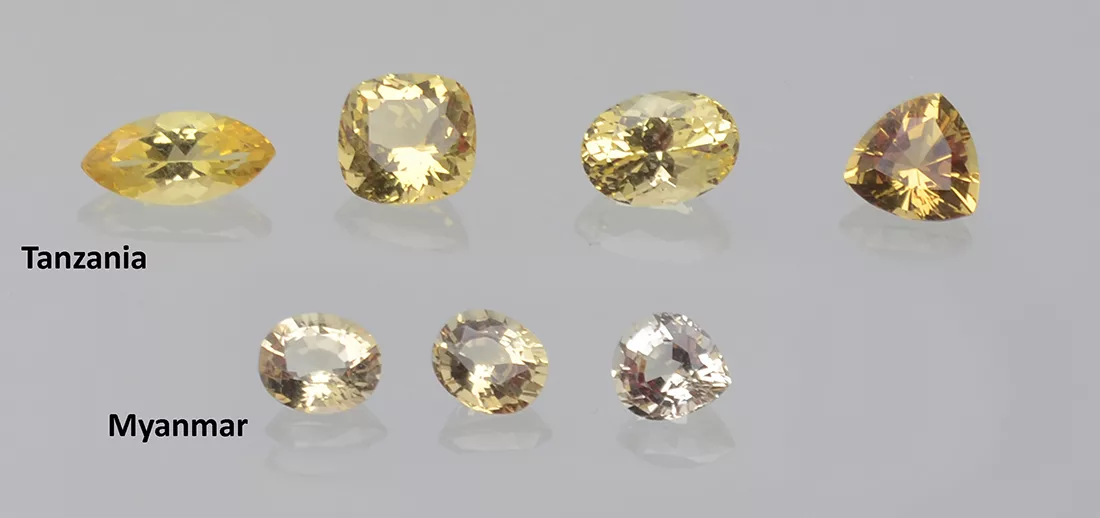
Rare Earth Elements in Danburites
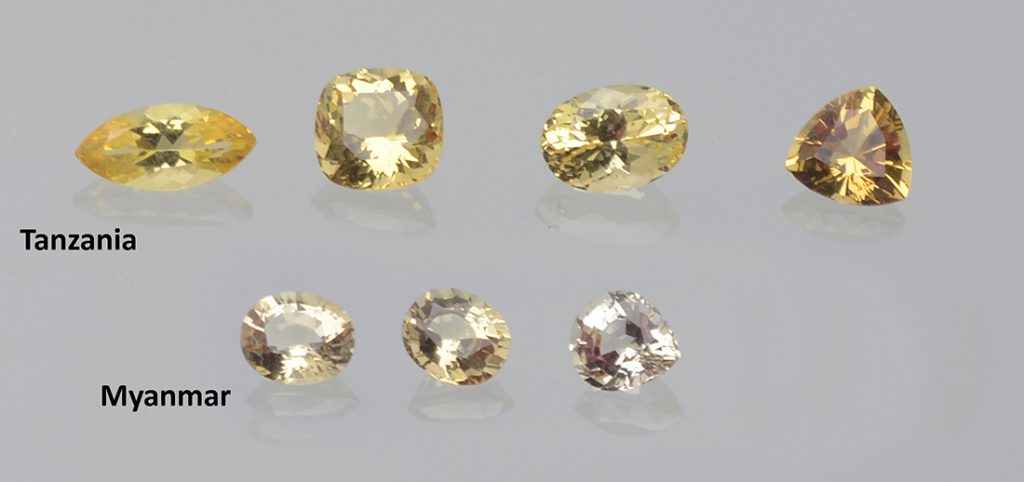
The calcium-boron-silicate danburite is a rather rare collector’s stone, mainly known in colourless to slightly yellowish to brownish colours from a limited number of deposits worldwide. Since 2013, new and attractive vivid yellow danburite has entered the gem trade. This new material originates from the Manyara region in northern Tanzania and has been cut in gems up to 18 ct.
As part of a research collaboration with Christopher Smith from the American Gemological Laboratories AGL, we have analysed a selected number of Tanzanian danburites with LA-ICP-MS to get detailed data about their trace element content, and compared these with samples from Mogok in Burma (Myanmar) (Figure 1).
Calcium-bearing silicates often contain a wide range of trace elements, notably rare earth elements (REE), which substitute for calcium. Due to the fact that REE with even atomic numbers are more abundant than the odd numbered neighbours (so-called Oddo-Harkins rule), they are often displayed in a diagram normalized to a chondrite standard (stone-meteorite).
Plotting our REE data in a chondrite normalized diagram (Figure 2) revealed a trend of the lighter REE (La, Ce, Pr, Nd, Sm) being enriched in the danburites from both Tanzania and Myanmar. In contrast to this, the analysed danburites from Tanzania contained a significantly higher amount of heavy REE (Gd, Tb, Dy, Ho, Er, Tm, Yb, Lu, and Y) compared to the Burmese samples. This trace and ultra-trace element pattern may help to distinguish the origin of such danburites in future.
More detailed articles on this research can be found here.
